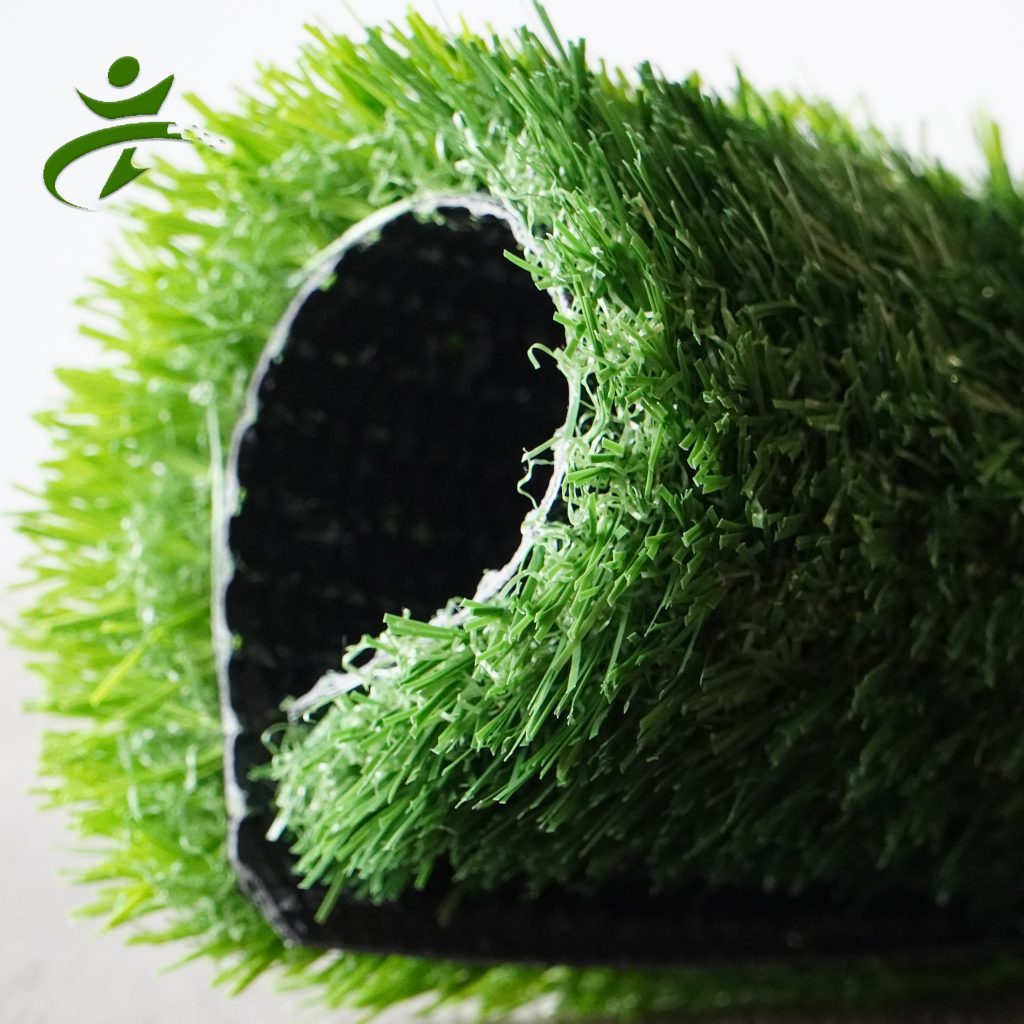
News
In an era where green and efficient living is highly pursued, artificial turf has gradually emerged as a popular choice in various fields, including sports venues and landscape decoration, with its unique advantages. It not only addresses the challenges associated with the growth and maintenance of natural grass but also offers people a more convenient, environmentally friendly, and durable green experience, thus pioneering a new paradigm of green living.
One of the most significant advantages of artificial turf lies in its environmental friendliness and resource conservation. Natural grass requires substantial amounts of water for irrigation, especially in arid regions, which represents a huge consumption of scarce water resources. In contrast, artificial turf eliminates the need for irrigation, significantly reducing water waste. Statistics show that a site covered with artificial turf can save thousands of tons of water annually, which is of great significance in a world facing increasing water scarcity. Moreover, during the production process, artificial turf uses environmentally friendly materials that are free from harmful substances such as heavy metals, ensuring safety for both humans and the environment. Additionally, at the end of its lifespan, some of the materials can be recycled, further minimizing the environmental impact and achieving resource recycling.

In terms of durability, artificial turf demonstrates outstanding performance. Natural grass is vulnerable to factors such as climate and usage frequency, often developing wear patches and bald spots, particularly in high-intensity sports venues, which typically require frequent replacement and repair. Artificial turf, on the other hand, is made from special fiber materials and advanced weaving techniques, endowing it with excellent abrasion resistance and trampling resistance. Whether it's for intense sports events like football and rugby or frequent use in large-scale activities, artificial turf can maintain a good appearance and performance, with a service life ranging from 8 to 15 years, greatly reducing replacement costs and time investment.
The ease of maintenance is another notable advantage of artificial turf. Natural grass demands a series of elaborate maintenance tasks, including regular mowing, fertilizing, pest control, and weeding, which not only consume a large amount of manpower and material resources but also require professional skills and equipment. In contrast, artificial turf requires minimal daily maintenance, only needing simple periodic cleaning to remove debris and dust. For public areas such as schools and communities, as well as commercial establishments, this significantly reduces maintenance costs and management difficulties, allowing limited resources to be allocated to more critical areas.
Regarding application scenarios, artificial turf has extensive adaptability. It is not restricted by geographical or climatic conditions and can be properly installed and used in various environments, whether in the cold north, the hot south, arid deserts, or humid coastal areas. In the sports field, artificial turf provides athletes with a stable and safe playing surface. Its excellent elasticity and shock absorption properties effectively reduce the risk of injury for athletes. In landscape decoration, artificial turf can be customized into various shapes and colors according to different design requirements, adding a vibrant touch of green to cities and creating a comfortable and aesthetically pleasing environment.
With its many advantages, such as environmental friendliness, durability, ease of maintenance, and wide adaptability, artificial turf is reshaping people's perception of traditional grass and bringing more convenience and beauty to our lives. As technology continues to advance, the performance and quality of artificial turf will be further enhanced, and its application scope will expand even more, making it an indispensable part of future green living.